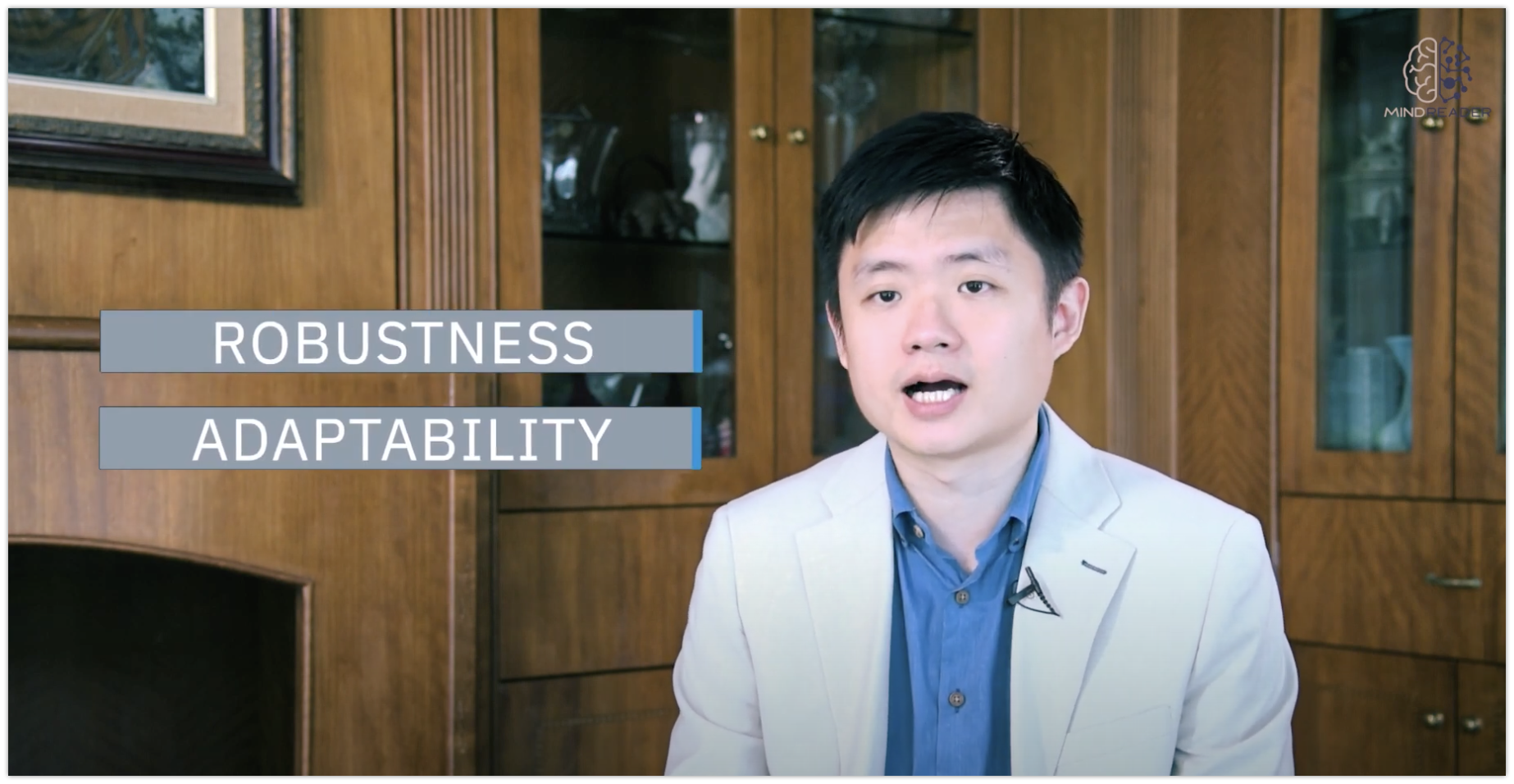It's essential to acknowledge a fundamental truth: the study of humans isn't an exact science. We must accept that there's never going to be a perfectly validated model for personality assessment.
People often have a different self-perception compared to how others perceive them, and this discrepancy is a common human trait that poses a unique challenge in our work. So our approach to tackling this challenge involves a three-step validation process to ensure that our AI is trained on the highest quality labels.
The first step is self-assessment, where an individual takes a test to determine their personality type. Next, we introduce an essential human element. Our in-house experts will explain the theory to them, allowing the individual to understand the theory and then decide for themselves which type is their own. And finally, we apply our expertise to assess whether the individual has accurately gauged their own type.
This 3 step method helps in creating high-quality data for our AI's training. Armed with this high-quality data, we train our AI using advanced machine learning techniques. The AI is taught to recognize patterns and correlations that align with the validated personality types.
To test its accuracy, we created test datasets from this high-quality data, iterating over multiple rounds to fine-tune the AI's predictive capabilities. And after achieving a certain level of accuracy with the high-quality data, we expanded our dataset to include medium-quality data, which includes inputs from over 40,000 online users who have declared or discussed their own personality types and others. This medium quality data skips on our rigorous validation process, but relies on the wisdom of the crowds to overcome biases at scale.
Now, while this medium quality data is less controlled, it's invaluable for testing the robustness and adaptability of our AI in a more diverse and less predictable scenario. We then bring our AI back into the testing phase with this expanded dataset.
The goal is to see if the AI's accuracy and predictive power improve or hold steady in the face of a larger, more varied data pool. And this continual cycle of testing and refinement is crucial in evolving and enhancing our AI's capabilities.
We recognize the complexities of human psychology and have designed a meticulous process to validate our personality. And instead of relying solely on machine learning to use the signs of data, our journey to confidence through that trust is different and varied.




